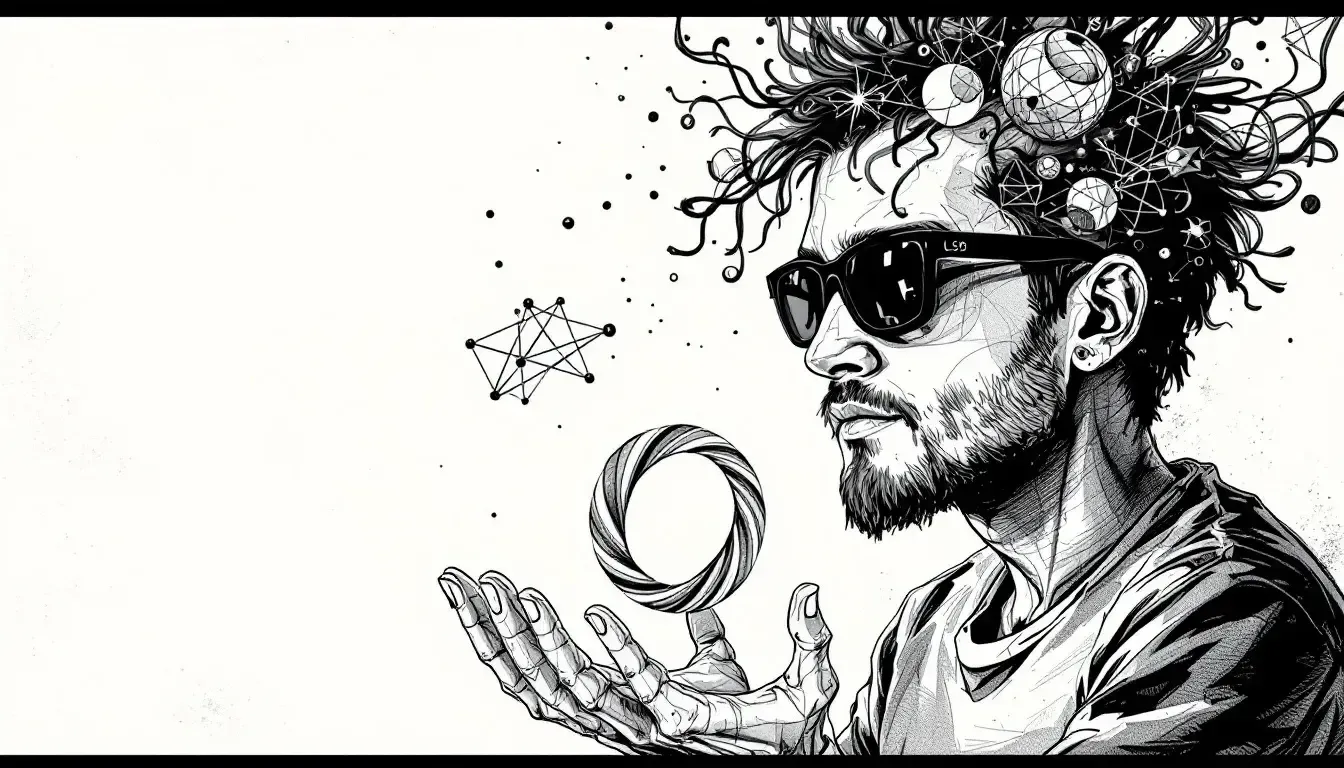When Blindness Became Vision

Rea,
You know how we often think we need to see things to understand them? That makes sense for most situations, but sometimes what seems like a limitation can become an unexpected strength. The story of Bernard Morin shows how losing one way of seeing the world can open up entirely new ways of understanding it.
Bernard Morin was a French mathematician who lost his sight at age 6 from glaucoma. While most people might think blindness would make studying shapes impossible, Morin became fascinated with topology – the mathematical study of how shapes can be stretched, twisted, and deformed without breaking.
In 1958, mathematicians were struggling with a famous problem: is it possible to turn a sphere inside out without making any holes or creases? Most mathematicians couldn’t even imagine how this might work. It seemed impossible – like turning a basketball inside out without cutting it.
This is where Morin’s blindness became his superpower. Without relying on visual distractions, he developed an extraordinary ability to manipulate shapes in his mind. He could “see” mathematics in ways that sighted mathematicians couldn’t. While others tried to picture the sphere with their eyes, Morin built complete mental models he could explore with his imagination.
In 1967, Morin solved the puzzle that had stumped mathematicians for years. He proved that a sphere could indeed be turned inside out through a series of careful twists and folds. He created physical models to help others understand his solution, translating what he saw in his mind into something others could see with their eyes.
What makes this achievement even more remarkable is that Morin didn’t just solve one problem. He became a professor at prestigious universities and published groundbreaking papers on complex four-dimensional shapes. His work eventually influenced fields far beyond pure mathematics, including computer graphics and medical imaging technology.
Scientists who worked with Morin often noted that his blindness wasn’t a disability in mathematics – it was an advantage. He could visualize complex shapes in four dimensions better than most sighted mathematicians because he wasn’t limited by what physical eyes can see.
Morin’s story reminds us that what might look like a limitation can sometimes be the very thing that helps us see problems differently. Sometimes the obstacles we face can transform into unique strengths that help us solve problems in ways no one else can.
Love, Abba
P.S. Next time you face a challenge that seems like it’s holding you back, try asking yourself: “Could this limitation actually help me see something others might miss?”

